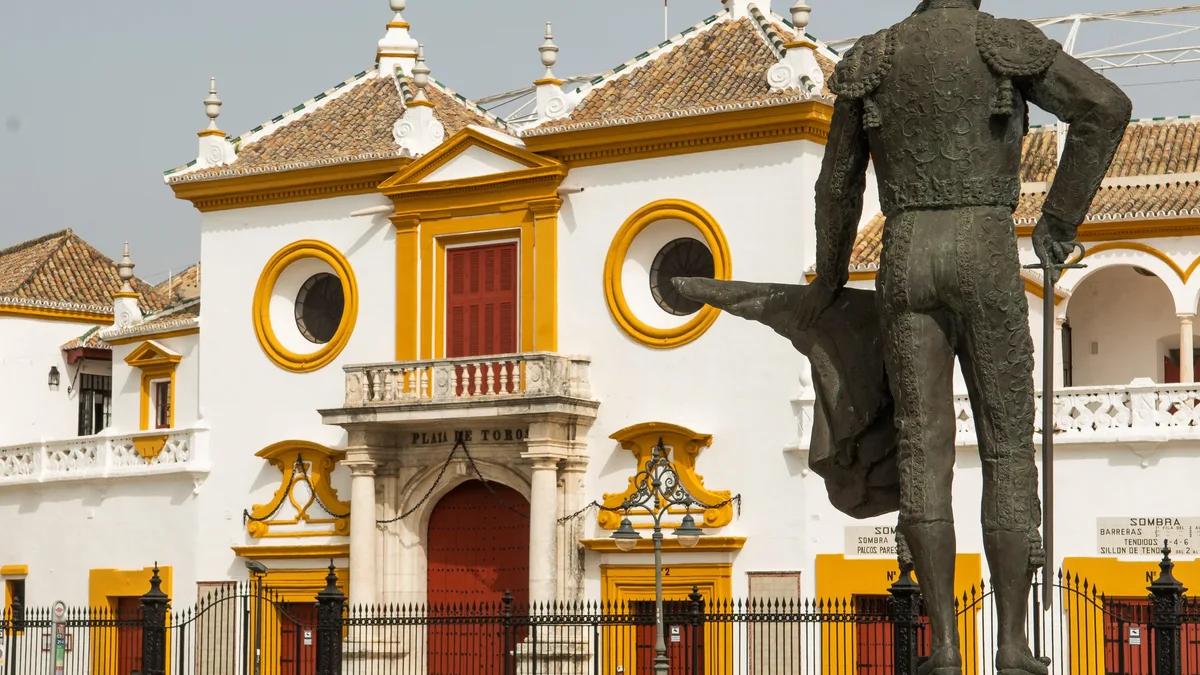RUIDOSO, New Mexico (KTSM) — After the Village of Ruidoso and surrounding areas experienced two fast-burning wildfires simultaneously in June, environmental experts say the area scorched by those flames can take up to decades to recover.
Erin McElroy, a forest and watershed health coordinator with the New Mexico Forestry Division, said periodic fires can benefit an ecosystem.
“In some instances, low intensity wildfires, which our forest historically adapted to, can have a lot of resource benefits. They can, you know, create conditions that really allow certain plants to thrive, that only thrive in post-fire conditions. They also really do help us maintain healthy forests in terms of the amount of materials that are there,” said McElroy.
This was not the case for the deadly South Fork and Salt fires that together burned more the 25,000 acres of land at moderate to high intensity, taking with them valuable nutrients and organic matter.
McElroy said the detrimental impacts from the recent wildfires are most likely a result of a drier and hotter climate in combination with 100-plus years of fire suppression.
“When a wildfire that’s burning really hot very intensely will see that the topsoil from the landscape will be burned off, there won’t be any more organic matter that can create really a soil that can absorb water,” said McElroy.
The water-repellent soil conditions coupled with the annual North American Monsoon System create dangerous flooding hazards. The continuous impact of rainfall not only makes it harder for the landscape to recover, but it also threatens communities.
“When (wildfires) hit the earth, they physically change the composition of the soil. It goes from being something that rainfall absorbs into to something that rainfall hits and runs right off. It basically turns it into cement,” said Bladen Breitreiter, an incident meteorologist with the National Weather Service.
“You could be getting localized and distant rainfall well out in that in the distance. That could end up coming down into your location very, very quickly and bringing debris flow with it. It only takes a couple inches of water to wash away a human body. It takes less than a foot of water to start moving around equipment and getting into like cars and whatnot,” said Breitreiter.
The NMFD said right now its main concern is the status of natural regeneration.
“When the forest actually burns so hot, we lose all of the trees in that forest. What we see often is that all of the seed trees are gone and the seeds that were left in the soil are gone. The forest just can’t regenerate naturally, and especially if it’s experiencing more solar radiation, because that kind of protective layer is gone,” said McElroy.
As the NMFD monitors the forest’s condition, meterologists are taking a look at what’s in store for the globe as temperatures continue to get warmer.
“With every degree of warming that we see, the more likely we are to see an increase in the occurrence of these more extreme weather events,” said Breitreiter.
As for Ruidoso, monsoon season ends later September just in time for La Niña to set in. Breitreiter said this weather pattern could offer relief and usher in drier conditions.
“It’ll be a little bit drier and a little bit warmer. That doesn’t necessarily mean that we’re going to see below average precipitation, but it does mean that we are more likely to see less snowpack and a little bit warmer temperatures,” said Breitreiter.

























